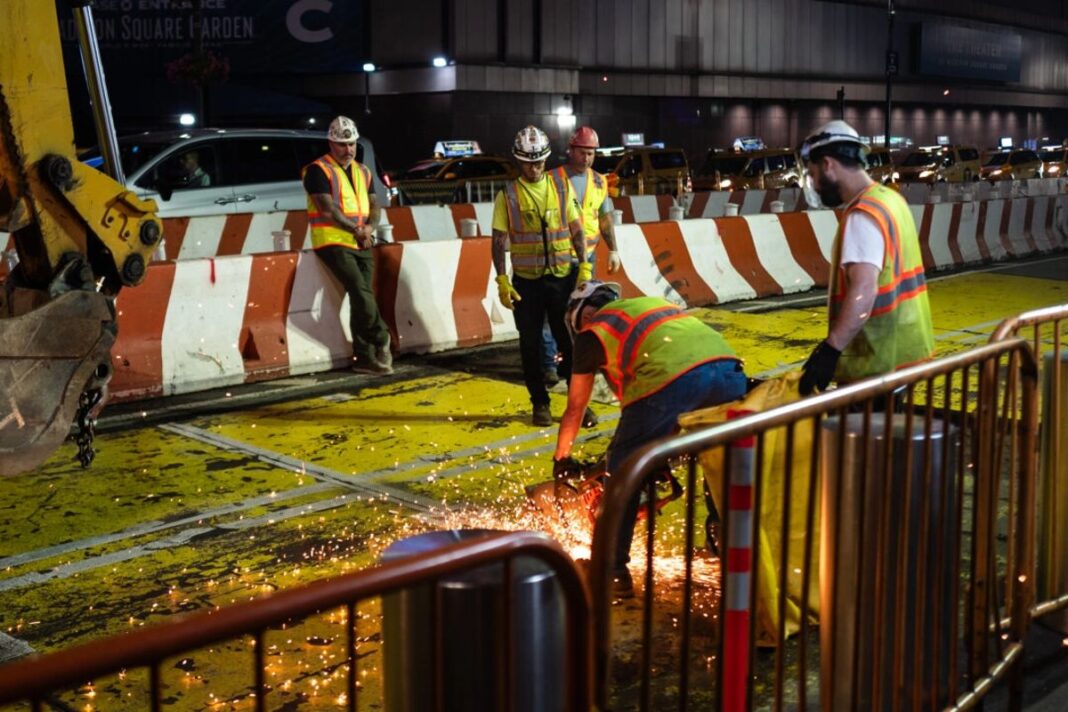The share of Generation Z workers in the construction labor force more than doubled between 2019 and 2023, according to a recent report.
With college costs climbing and artificial intelligence (AI) reshaping office work, a growing number of Gen Zers are turning to construction, a new report shows. Industry professionals confirm the shift: “They’re showing up in droves.”The share of Generation Z workers—those aged 18 to 28—in the construction labor force more than doubled from 2019 to 2023, rising from 6.4 percent to 14.1 percent, according to an Oct. 10 report by the Home Builders Institute (HBI).
Meanwhile, the share of millennials (age 29 to 44) grew from 35.7 to 37.7 percent over the same period. Conversely, the Baby Boomers’ (age 61 to 79) share dropped from 20.6 to 14.2 percent, as older workers moved into retirement.
The median age of construction workers was 42.
The escalating cost of college, competitive wages in construction, innovation in construction technologies, and growth potential are prompting the younger generation to consider a career in the industry, according to the report.
“Even as a slowing housing market has eased some pressure off the tight labor market, attracting skilled labor, especially younger generations, remains the primary long-term goal for the construction industry,” the report states.
As of the end of 2023, approximately 71 percent of the U.S. construction labor force was comprised of Gen Xers and millennials.
‘Some Have College Educations’
Fraser Patterson, founder and CEO of Skillit, a New York–based nationwide construction industry hiring platform, told The Epoch Times that their data indicate a strong trend toward younger workers entering the industry.
“We have demographics on hundreds of thousands of workers and there’s a clear shift toward Gen Z and Millennials,” he said. “Some have college educations and some have completed apprenticeships, but they’re showing up in droves.”
Patterson noted that for years, college has been promoted as the singular approach to attaining a middle-class lifestyle. “But with the cost of education today, we see more and more younger people entering the workforce after high school to earn while they learn,” he said.
For those without prior construction experience, trade schools or apprenticeships represent the most common path to a career in construction. Many companies are now starting to offer entry-level positions where employees receive on-the-job training.
By Mary Prenon








